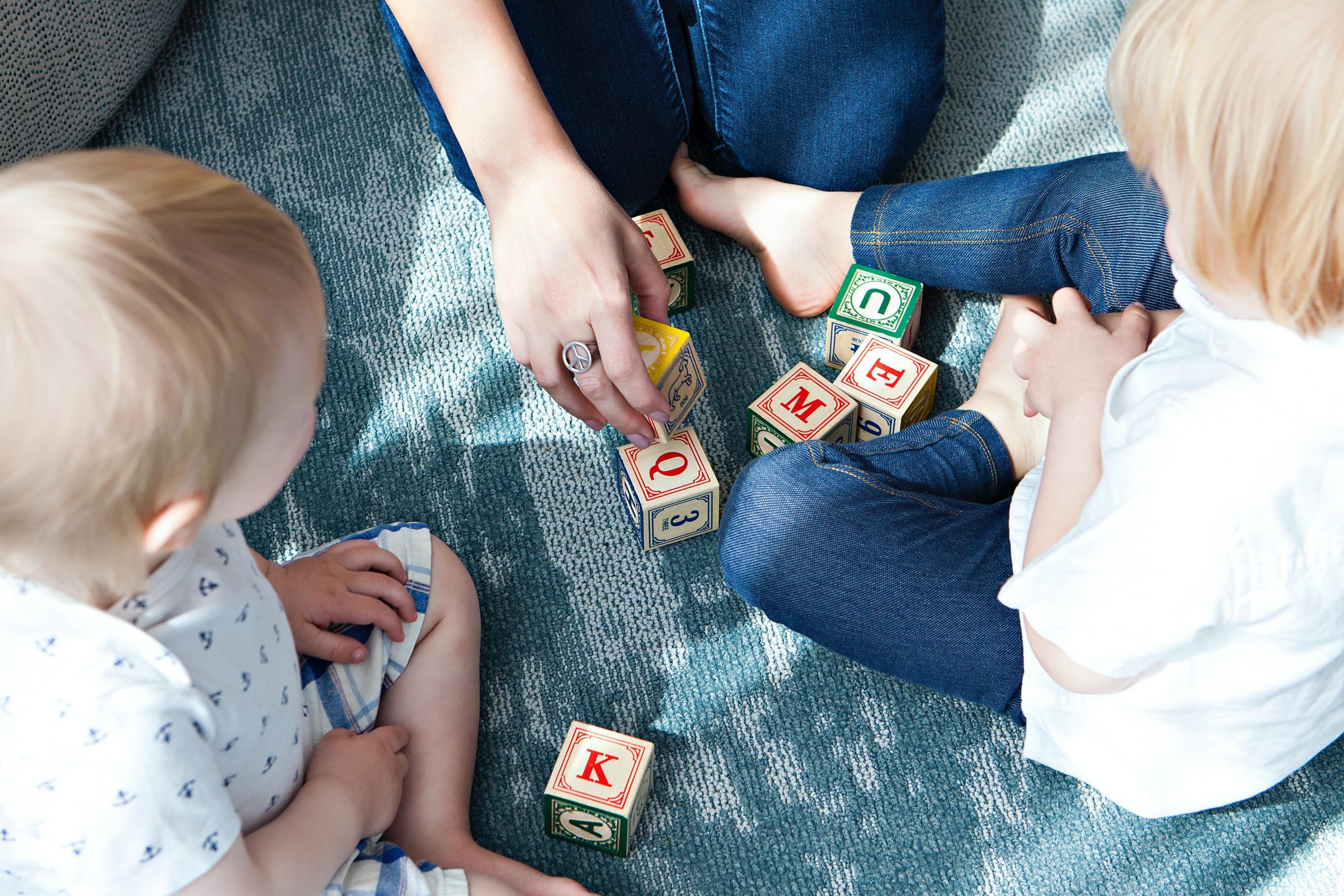“If there is anything that we wish to change in the child, we should first examine it and see whether it is not something that could better be changed in ourselves.” – Carl Jung, Founder of Analytical Psychology, Swiss Psychiatrist and Psychoanalyst
Attachment to Both Parents Predict Preschool Children’s Emotional Regulation
A 2021 Portuguese longitudinal study measured the influence of parent-child attachments at age 3 on the child’s capacity for emotional regulation at age five. Emotional regulation is the child’s ability to balance his emotions so that he can engage in the new task at hand.
Findings:
- When children are securely attached to both parents, they have optimum capacity to regulate their emotions so as to engage in the task at hand.
- Father and mother contribute to emotional regulation in very different ways. For instance, playing with father generates greater intensity of emotions, thus giving very different experiences than mother gives.
- A lack of secure attachment with one parent is compensated somewhat by secure attachment to the other parent.
Data Source and Description: 53 Portuguese, always-intact middle-class families. Children were mostly girls (53 percent). More than half of parents (55 percent of mothers and 59 percent of fathers) had a college degree. Most parents worked full time (96 percent of mothers and 98 percent of fathers).
Brain Structure Differences Are Associate with Different Infant-Parent Attachment Styles
A 2019 Dutch study measured the association between different infant-parent attachment styles and brain (hippocampus) structures.
If the mother/caregiver is not consistently responsive, some infants form an insecure, but organized attachment pattern (i.e., avoidant or resistant). Other infants, however, develop a disorganized attachment, another variation of infant attachment; these infants display contradictory behaviors when exposed to stress. These combinations result in four different attachment styles.
Secure vs Insecure (which has two subsets: disorganized and organized [which has two more sub-sets of its own: anxious and avoidant]).
The major finding was that only one style — disorganized infant attachment — had larger hippocampal volumes than all the rest. The hippocampus (which has a major role in memory) likely contextualizes new fearful social situations, linking them to these original fear-inducing patterns of interaction with the caregiver/mother.
Data Source and Description: 551 children from The Generation R (Rotterdam) Study in the Netherlands (born between April 2002 and January 2006) who met all the criteria for the study, were included
During the COVID-19 Pandemic: Parents’ Emotional Health Influenced Their Children’s Emotional and Behavioral Health
A 2021 American opportunity study assessed the link between parent emotional health and child emotional and behavioral health during the COVID-19 pandemic.
Descriptors—During the pandemic
- 42.percent of parent had mild depression,
- 47 percent of parents had mild anxiety,
- 51.4 percent of parents had traumatic clinical concerns,
- 82.9 percent of children had no indications of the severe post-traumatic stress disorder (PTSD),
- 54.4 percent were severely impacted by the pandemic
- Daughters compared to sons were characterized by their parents as having more emotional health issues
- Sons compared to daughters were characterized by their parents as having significantly higher behavioral health issues
- The more the parent-child relationship was characterized by conflict the greater the probability of negative emotional or behavioral outcomes. The more positive the parent-child relationship the less likely were negative emotional or behavioral outcomes.
- Parents’ emotional health was the best predictor of their children’s emotional and behavioral health




